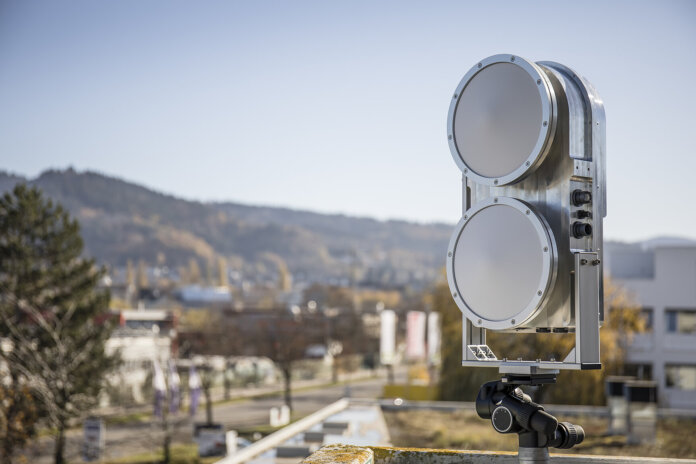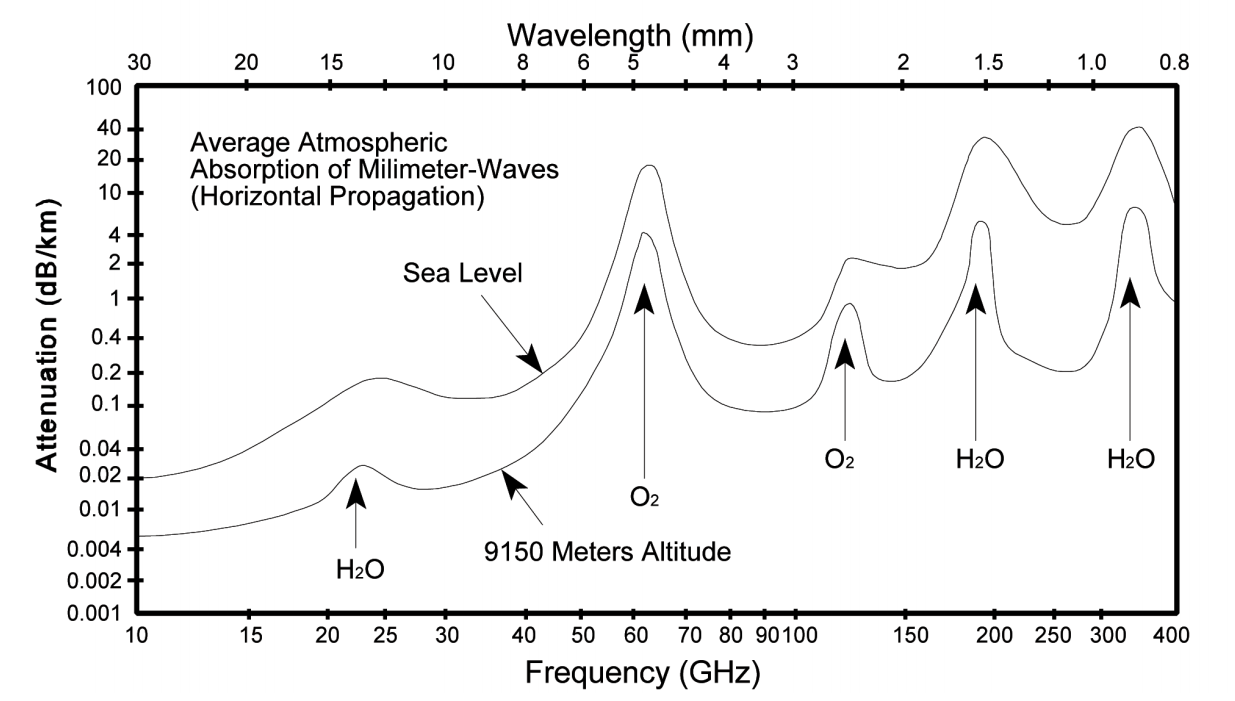
Terahertz communications promises more bandwidth and data carriage, but technological challenges remain.
The United Kingdom’s Defence and Security Laboratory’s annual Operating in the Future Electromagnetic Environment conference always has scintillating presentations. This year’s event, held on 21st/22nd November at London’s Institute of Engineering and Technology, was no exception. Professor Alwyn Seeds’ Microwave and Terahertz Photonics for Sending and Communications talk was noteworthy. Prof. Seeds is professor of optoelectronics at University College London.
Interest in Terahertz (THz) communications is growing. Terahertz radiation inhabits a 300 gigahertz/0.3THz to 300GHz/3THz segment of the electromagnetic spectrum. Conventional Very/High Frequency (V/UHF: 30 megahertz/MHz to three gigahertz) communications face challenges. These wavebands are increasingly congested as cellular communications proliferate globally.
Ericsson’s Mobile Data Outlook puts this into perspective. Total monthly global mobile data traffic for late 2021 was 67 exabits/EB (67 x 1018). The company predicts this will reach 282EB monthly by late 2027. This has implications for militaries using V/UHF radio communications. As spectrum demand increases there is the threat that segments militaries rely on could be auctioned off for commercial use.
Attenuation
One potential solution is to outflank these frequencies by migrating some communications into terahertz wavebands. Prof. Seeds’ presentation outlined some terahertz communications benefits compared to free-space optical wireless communications. The latter uses lasers to beam data at rates of several gigabits-per-second through the air to a photoreceiver. Such communications can suffer limitations notably degrading in efficiency in some environmental conditions. Fog, rain, dust and smoke can all disrupt. Other factors like eye safety must also be accounted for. Meanwhile, the pointing accuracy between the laser transmitter and receiver must be high demanding precise alignment.
Replacing a free space optical link with a terahertz link provides similar levels of throughput “but with more relaxed pointing accuracy,” says Prof. Seeds. He emphasises that free space optical wireless communications remain a useful. In urban areas some fibre optic communications may be unserviceable some of the time if dug up for maintenance or to bury other utilities like gas or electricity. Free space optical communications provide practical backup in such cases.
However, fog and dust in the atmosphere cause problems for optical transmission but are less of a problem for terahertz transmissions typically causing a ‘path loss’ of a few decibels-per-kilometre. Path loss is the extent to which a signal weakens the further it travels with this loss measured in decibels/db. Losses for free space optical transmissions can be twice as high in fog than for terahertz signals, he told delegates.
Prof. Seeds said that some critics flag terahertz’ path loss with water in the atmosphere degrading its efficiency, a phenomenon called atmospheric attenuation. Prof. Seeds demonstrated a case study with a 350GHz signal transmitted along a 100-metre (984-feet) path at sea level through a humid atmosphere. All signals lose power the farther they travel from their transmitter. He showed that this signal experiences a free space path loss of 120dB sans atmospheric attenuation. This increases to 124dB with atmosphere attenuation; a one decibel difference.
Technological challenges
Prof. Seeds’ presentation highlighted terahertz communications systems exploiting photonic components. Readers looking for an explanation of how these systems work can consult our It’s Just a Phase article. Components for such apparatus are readily available from fibre-based optical communications, he says. Photonic-based terahertz communications could carry data rates of up to 100 gigabits-per-second. For terahertz in general Prof. Seeds advises “there is a lot of useable bandwidth there.”
Lasers equipping photonic terahertz systems can be tuneable up to ten terahertz although challenges exist in realising optical-to-terahertz transducers. Transducers converts a signal in one form of energy to a signal in another. That said, terahertz promises high speed communications with less atmospheric disruption than that experienced by free-space optical systems.
Why has terahertz not yet been widely adopted for communications? “The technology is difficult” says Prof. Seeds. Nonetheless, he moots high-capacity point-to-point and ground-to-air/air-to-ground communications as two applications. As lower frequencies become more congested terahertz communications will become more attractive. Expect further technological developments for civilian and military applications alike in the coming years.

by Dr. Thomas Withington













